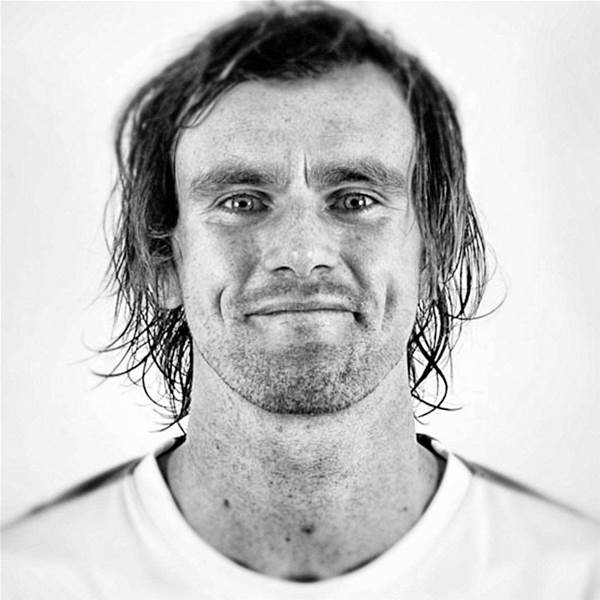It was hoped it would provide a pathway for young footballers to progress to professional football but the National Youth League has out performed all expectations becoming more of a conveyer belt for producing and nurturing talent.
When it was announced that the 2008-2009 Hyundai A-League season would also mark the start of the National Youth League it was heralded as the missing link in the nation's development structure.
Having put all their energy into building and establishing the top flight competition, Football Federation Australia deemed that the seven Australian A-League sides were ready to expand their operations.
There may have been doubts about the financial capabilities of the clubs to take on the responsibility of running NYL teams; however its implementation was seen by most as imperative.
Whilst the costs of doing so may have contributed to a number of the financial struggles some clubs have faced, the results have been spectacular.
Many graduates from the NYL are now starring in the A-League representing a healthy return on the investment in youth.
In season 2010-2011 there were 44 graduates from the NYL playing in the A-League on full-time contracts and countless others making cameo appearances or signed on short term contracts.
Having only been in existence for three seasons this represents an impressive rate of progress and vindicates the decision to establish the elite youth competition.
As in all parts of the world, certain clubs have had more success in progressing players on from youth league football to first team football.
Despite having a difficult campaign Perth Glory were top of the table when it came to having graduates from their National Youth League side playing in the A-League last season.
In version six of the A-League Perth had nine players who had started off in their youth team before making it to the A-League.
Two of their former youth team players were playing elsewhere with Trent Sainsbury and Eli Bablj playing for Central Coast Mariners and Melbourne Heart respectively after a stint at the Australian Institute of Sport in between.
Despite not being able to hang on to Sainsbury and Bablj last season, Perth had seven graduates from their Youth League side on first team contracts with the club.
(Although this is likely to be drastically reduced with the club already releasing four of its seven NYL graduates ahead of the upcoming season.)
Just behind Perth are both Sydney FC and the Australian Institute of Sport.
Sydney had eight players and the AIS seven that have progressed on to contracts in the A-League from the NYL.
Whilst two graduates from the AIS program had turned out for Perth before joining the institute it is an impressive feat considering it was a late starter for the NYL and has only been involved in the last two seasons.
The eight graduates from the Sydney FC youth team that made the step up to first team football were in most cases getting regular game time in the A-League.
Matt Jurman, Rhyan Grant and Dimitri Petratos in particular showed last season how beneficial it is for clubs to promote talented young players.
Fellow Sydney youth team graduate Iain Ramsey starred at Adelaide United last season after playing for Sydney's youth team.
Another product of the Sydney youth team is Sean Rooney who has been at Newcastle for the past couple of campaigns.
Melbourne Victory and Brisbane Roar have both produced five players each who have progressed from their youth teams to take part in last seasons A-League.
Whilst he was not playing in the A-League last season Brisbane Roar can lay claim to Adam Sarota, the first National Youth League graduate who has progressed to the A-League and then on to Europe.
Sarota starred for the Roar's youth team before earning an A-League contract where again he excelled attracting the interest of Dutch club Utrecht who he joined 12 months ago.
The Mariners, Adelaide, Gold Coast and Newcastle all had three graduates each playing in the A-League last season - an impressive return for Gold Coast considering they have only been in existence for two seasons.
Gold Coast are also likely to have considerably more next season as the club looks to promote more youth to its first team.
Newcastle are also likely to have more of their youth league players in next seasons A-League with both Sam Gallaway and Mario Simic moving up from the youth team to the first team.
As is the case around the world, not all of those who make the jump up to first team football will manage to forge long careers in professional football.
But the NYL is performing as it was intended to if it manages to get these youngsters ready to make the jump in the first place.
If anyone questions the importance and benefits of making sure that the NYL produces players for first team football, they need not look any further than Barcelona.
Of the current Spanish champions 21 man first team squad 11 are graduates of its youth set-up.
Whilst it will take time to get to this level of progression it shows that A-League clubs are right to invest in youth and that it can lead to spectacular success.
It has only been three seasons and in another three seasons the rewards might be even greater and many former NYL players may be starring in Europe and for the National team.
If so the decision to create the National Youth League may be looked back on as one of the best made in Australian football.












